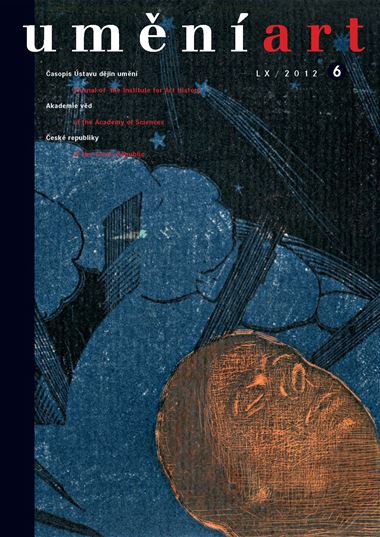Jindřich Vybíral
Historisches Sentiment oder moderner Pragmatismus? Leopold Bauer als Baudenkmalsarchitekt
The study looks at the reconstructions, renovations, and new structures designed for the chateaux and residences of the nobility by Leopold Bauer in 1904–1910. This prominent Viennese architect, working at that time in Bohemia, Moravia and Silesia, executed five important projects of this kind (Zlín, Linhartovy, Kněžice, Ždánice and Roztěž), and during this period his work underwent a profound conceptual transformation. Once one of the most resolute representatives of the modernist wing of the arts in Austria, Bauer then gravitated towards the expressive techniques of historical architecture. Some scholars who have studied Bauer’s work have explained his shift towards a traditional form of expression in logical terms as deriving from his experience in conservation work. In this study the author shows that Bauer’s approach to renovation work on the manors of the nobility did not yet constitute an essential negation of his own artistic principles. He designed chateaux as modern residences, setting their historical elements in a new context, where their main function was to enhance the visual idiom of contemporary architecture. As regards his expert conservation work, these were not devout reconstructions but pragmatically designed restorations and adaptations of historical objects for modern functions. Their ideal ‘historical qualities’ were subordinated to the practical ‘qualities of the present day’. The study shows that the motivations for Bauer’s conversion lay largely outside the aesthetic sphere and it seeks to explain them through the relationship between the architect and his aristocratic clients. In order to win important commissions, Bauer was willing to suspend his creative individualism for the sake of the larger work at hand and to broadly accommodate the aesthetic visions of the builders. He thus abandoned the notion of immersing himself in ‘pure art’, accepted the lifestyle of bourgeois norms, and assented to more or less pragmatically oriented practices. The evidence gathered in this study points to the conclusion that what happened in Bauer’s work in the period around 1905 was not about a change in personal style but rather in artistic habitus.
Full-text in the Digital Library of the Czech Academy of Sciences:
https://kramerius.lib.cas.cz/uuid/uuid:cfecf1ba-fcbe-09b7-2be3-62e5e50b2411
< back

